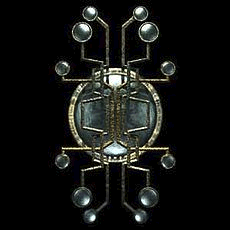-
Similar Content
-
"Each of the above optional CR patches requires the Step Patch - Conflict Resolution as its master"?
By BundoJack,
- 2 replies
- 87 views
-
Seeing Tree Billboards in the world after uninstalling DynDOLOD
By dankanscrolls,
- SKYRIMSE
- DynDOLOD 3
- (and 1 more)
- 1 reply
- 108 views
-
- 0 replies
- 115 views
-
-
Recently Browsing 0 members
- No registered users viewing this page.




Recommended Posts
Create an account or sign in to comment
You need to be a member in order to leave a comment
Create an account
Sign up for a new account in our community. It's easy!
Register a new accountSign in
Already have an account? Sign in here.
Sign In Now